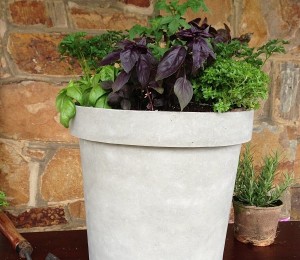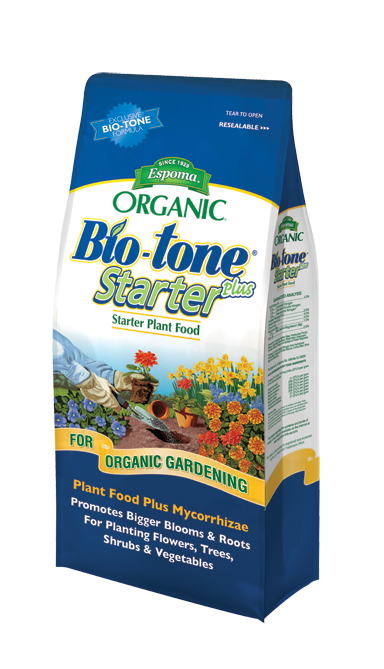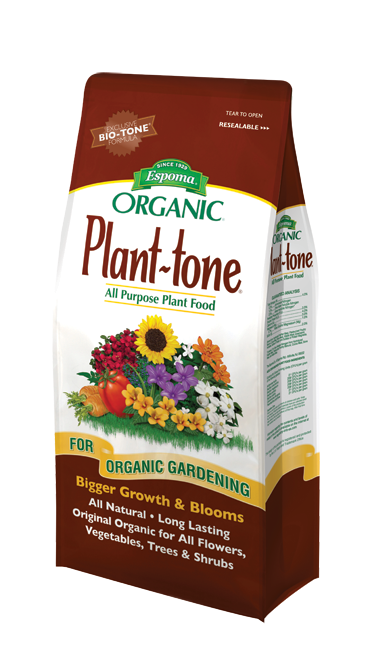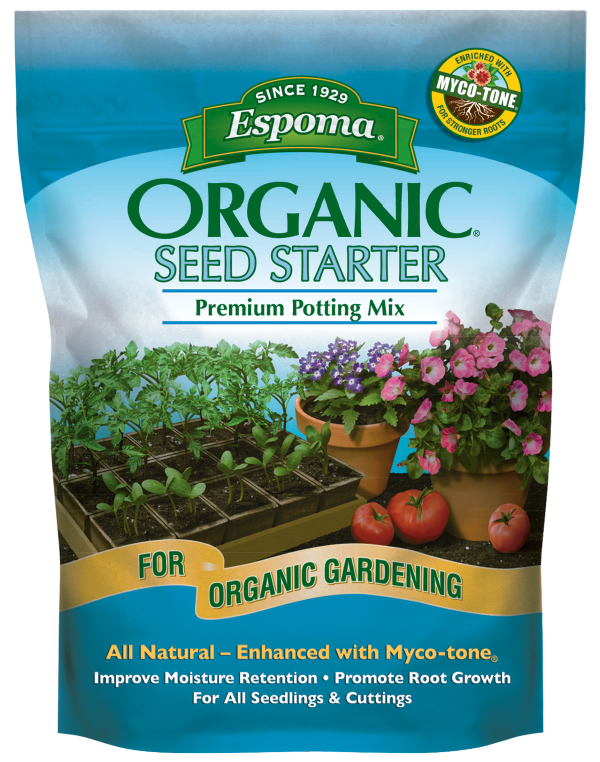One, Two, Three – What Soil Tests Numbers Really Mean
With just a tiny bit of water, a handful of seeds and some sunshine, your garden makes its own magic.
Well, almost! Your plants get all their food from the soil, too. After a busy summer, it’s time for your soil’s checkup, so your soil can keep growing its best.
Perform a soil test to see what your soil needs. And, we’ll help you understand what those numbers mean!
Scoop, Snoop and Score Soil.
Your soil’s health is a mystery waiting to be solved. All you need to do is grab a handful of soil and examine it. Send it off to your local extension service. Or, get down and dirty, and DIY it. Here’s how to perform a soil test.
Soil tests measure the nutrients available to plants along with their pH level. Garden soil should be between 6.0-7.0 pH, while the ideal pH for grass is 6.5-7.0.
- Low pH? Power the Sour. You’ve got sour, also called acidic, soil with a pH level under 7. Before remedying, remember some plants like this! Raise soil pH levels by adding Espoma’s Organic Garden Lime.
- High pH? Treat the Sweet. Soil with a pH level over 7 is known as sweet, or alkaline, soil. To fix, add Espoma Organic Soil Acidifier.
Conclusion Confusion. Understanding Soil Test Numbers
Looking at your soil test, your head may start spinning. What do all those numbers mean? Stick with us, your teacher at Espoma’s Garden School, to learn!
- When to N. The “N” on your soil test stands for nitrogen, which helps leaf growth. To raise nitrogen levels, add an organic fertilizer with a higher nitrogen level. Or, use blood meal or fish meal. To lower nitrogen levels, choose a fertilizer with less nitrogen.
- Be the P. “P” represents phosphorus, which helps plants flower and grow fruit. Need more phosphorous? Use an organic fertilizer with a higher percentage of P. Or, add bone meal. To lower phosphorous numbers, cut back on the P on the fertilizer bag.
- Way of the K. “K” stands for potassium, which helps plants resist diseases and grow healthy roots. If you have too much K, use an organic fertilizer with less potassium. Likewise, if you need more, opt for an organic fertilizer with a higher number K. Or, add sulfate of potash or greensand.
Strong, healthy soil gives way to stronger, bigger and better plants. Talk about a productive day in the garden!

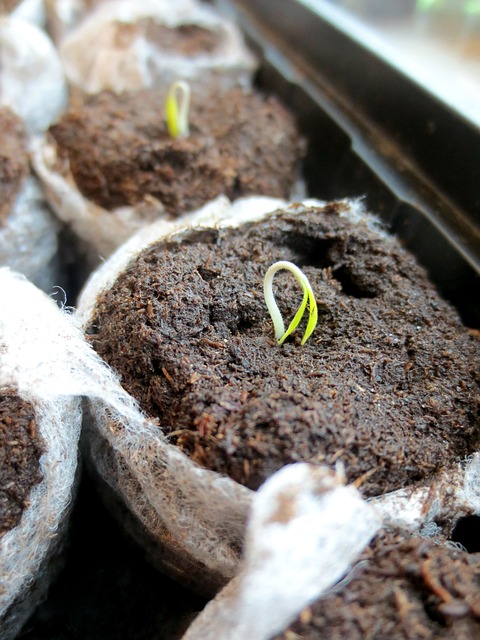
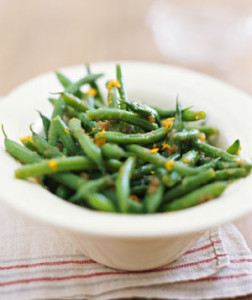
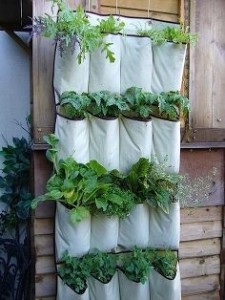 your style through plants, but also in the unique pots you choose. It’s twice the fun!
your style through plants, but also in the unique pots you choose. It’s twice the fun!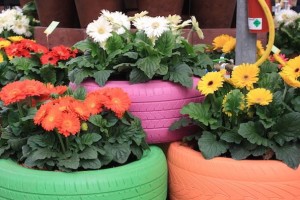
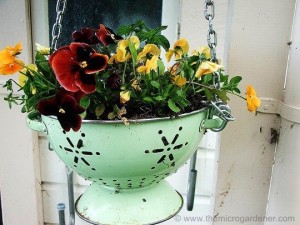
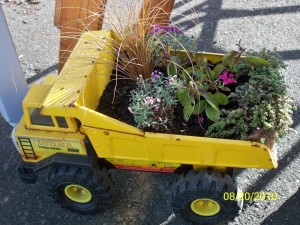
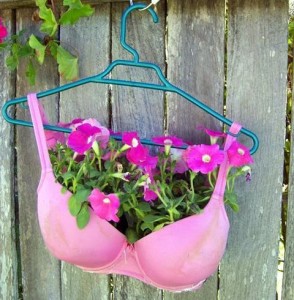
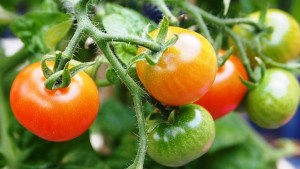
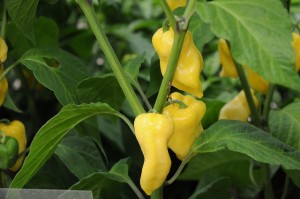
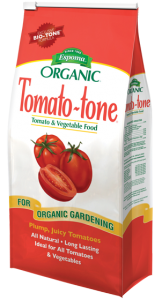
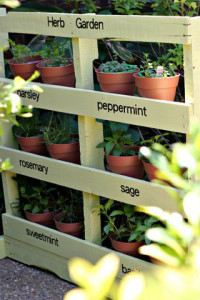
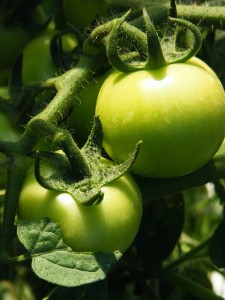 care and work it takes to ethically raise them. You know without an inkling of doubt that these tomatoes are organic, packed with nutrients and 100% free of harmful pesticides.
care and work it takes to ethically raise them. You know without an inkling of doubt that these tomatoes are organic, packed with nutrients and 100% free of harmful pesticides. Pick one (or a couple) tomato varieties and get planting! Follow along below or check out how not to be a couch tomato with
Pick one (or a couple) tomato varieties and get planting! Follow along below or check out how not to be a couch tomato with 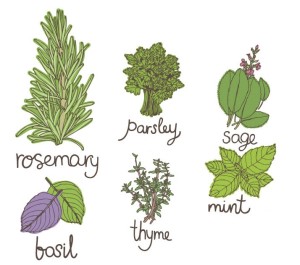 Most herbs will work in a container but the best herbs to plant in containers are: Basil, Mint, Rosemary, Thyme, Oregano, Cilantro, Parsley, Sage, Chives, Lavender, Tarragon, Lemon Verbena
Most herbs will work in a container but the best herbs to plant in containers are: Basil, Mint, Rosemary, Thyme, Oregano, Cilantro, Parsley, Sage, Chives, Lavender, Tarragon, Lemon Verbena